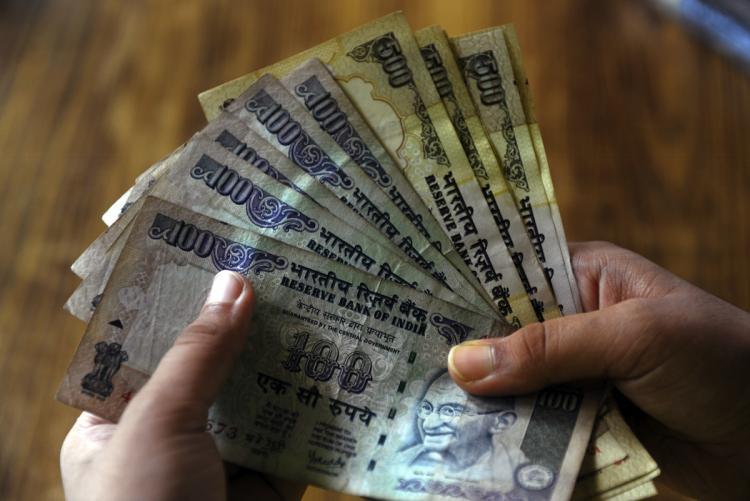India and the United Arab Emirates (UAE) will begin settling bilateral trade in local currencies, starting the new arrangement by completing a recent rupee-denominated crude oil payment.
Indian Oil Corp., the nation’s top crude refiner, purchased 1 million barrels of oil from Abu Dhabi National Oil Co. and made payment in rupees rather than U.S. dollars, according to a statement published by India’s embassy in the UAE.





